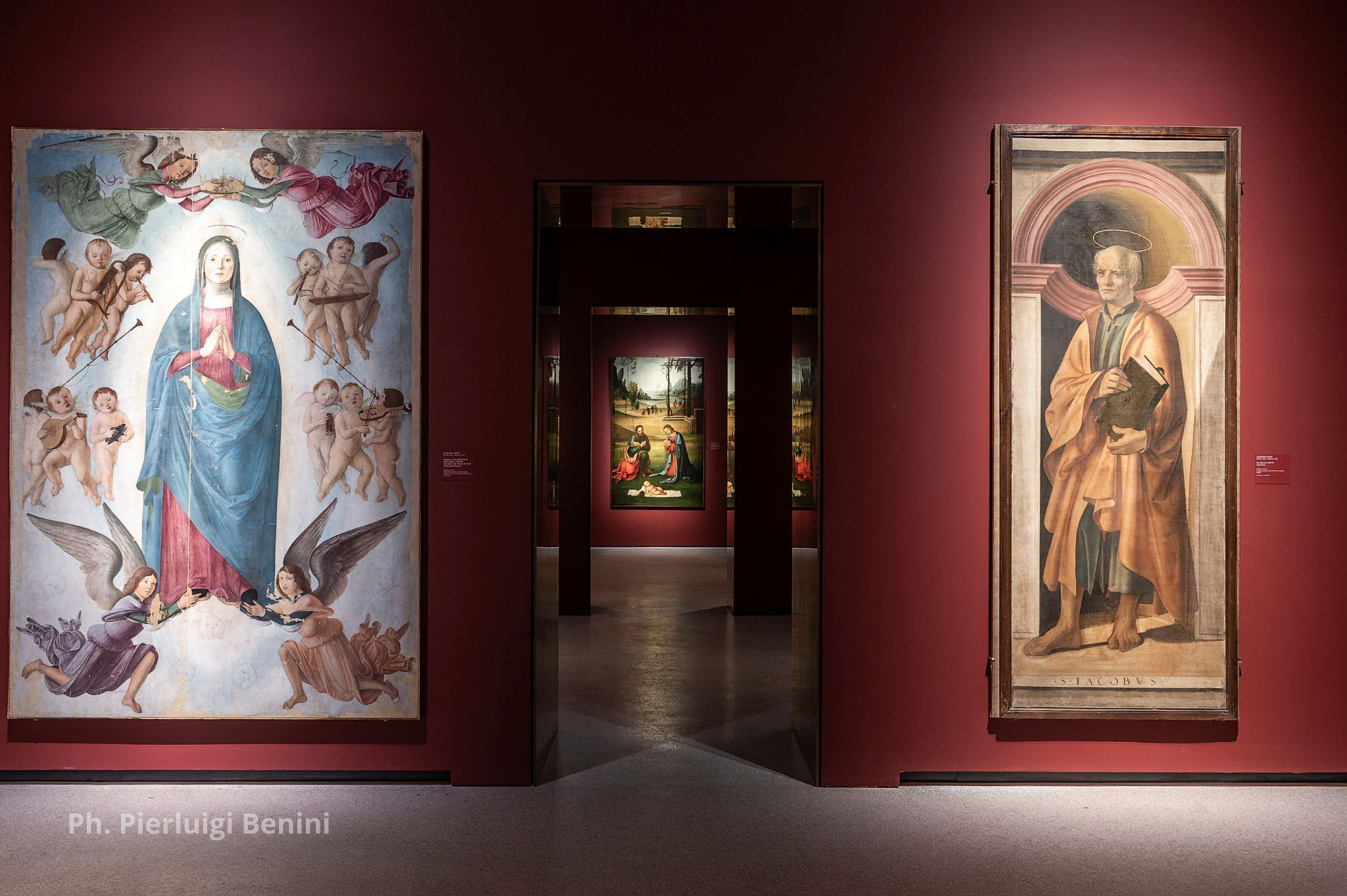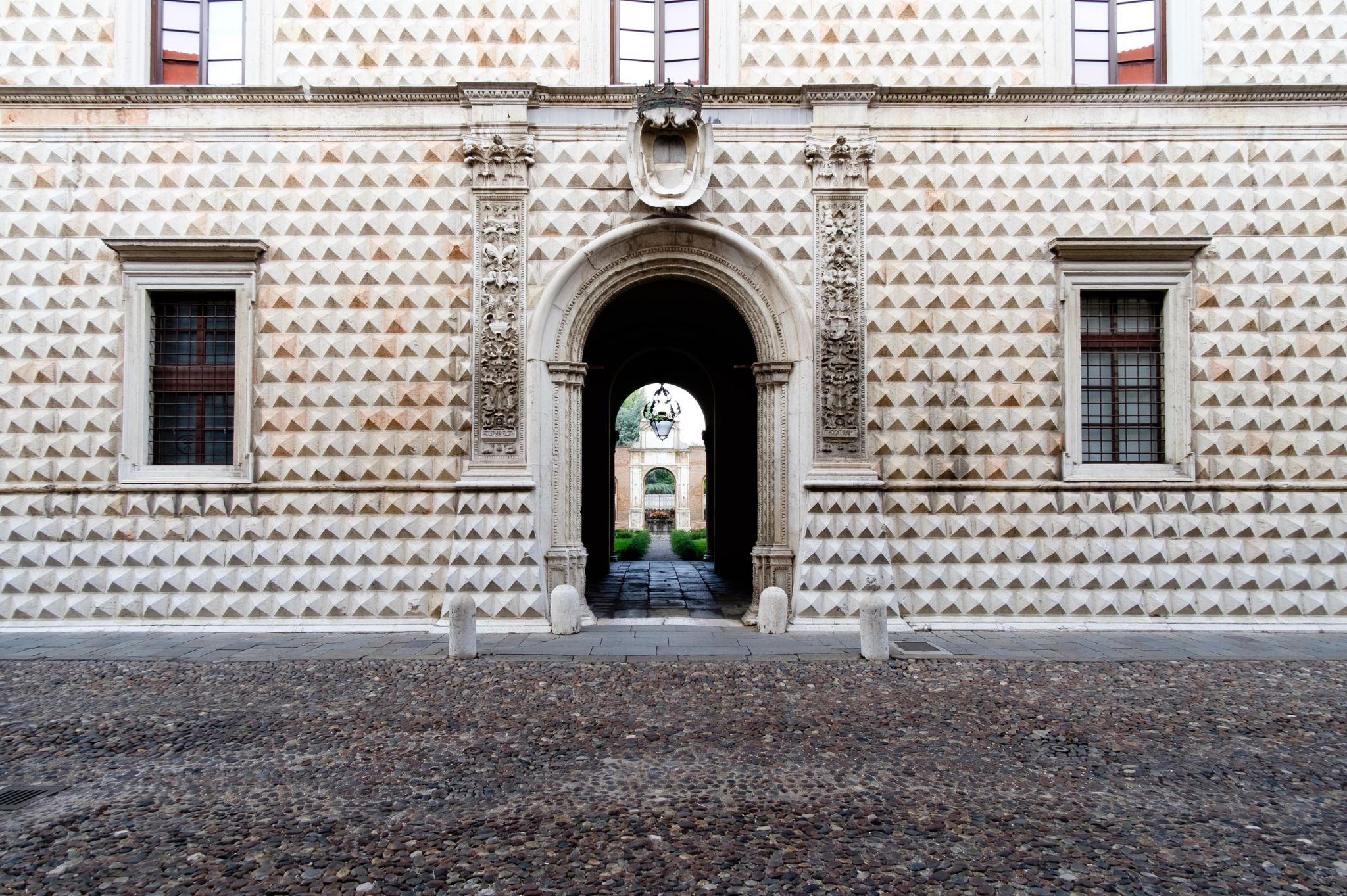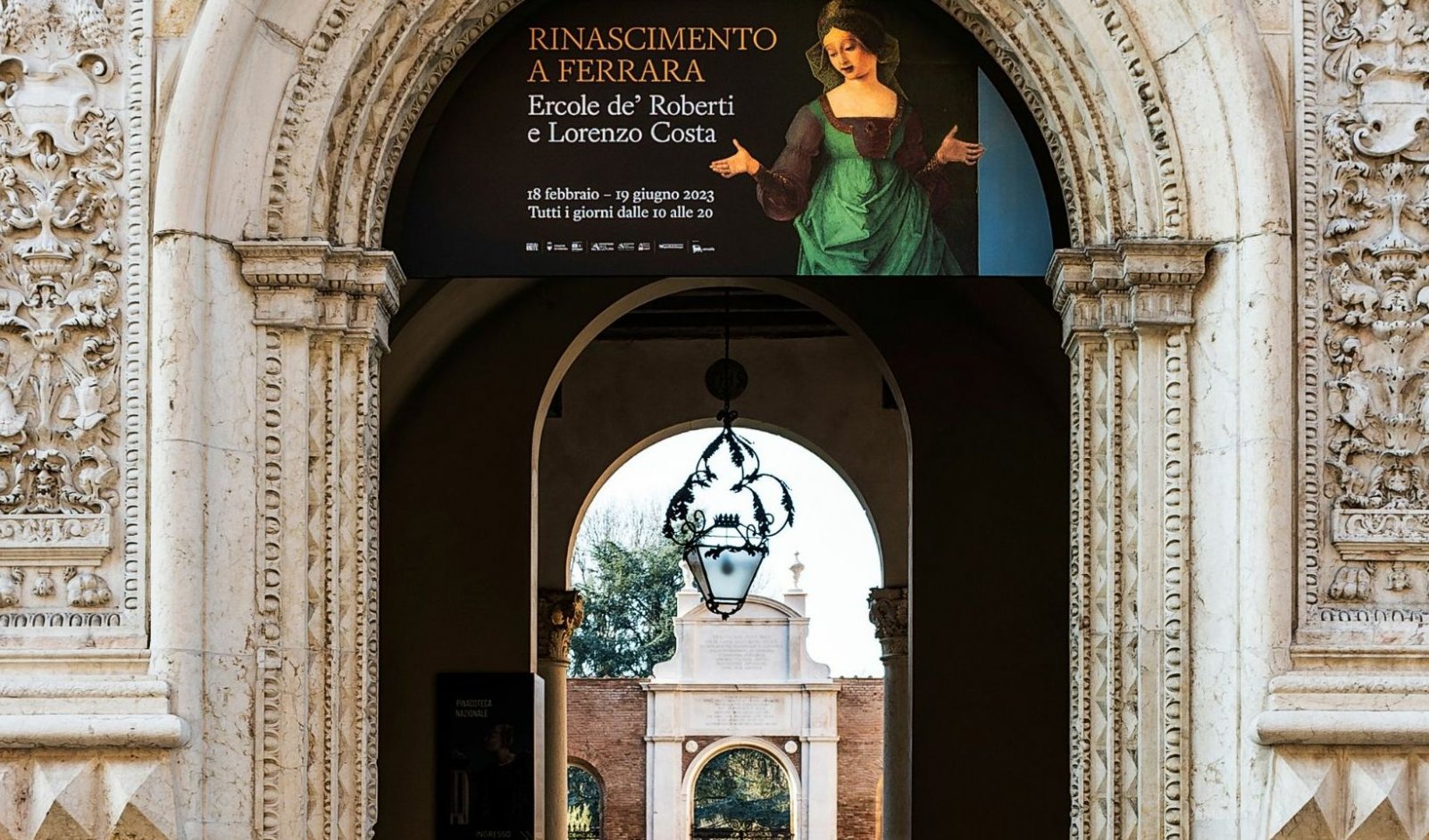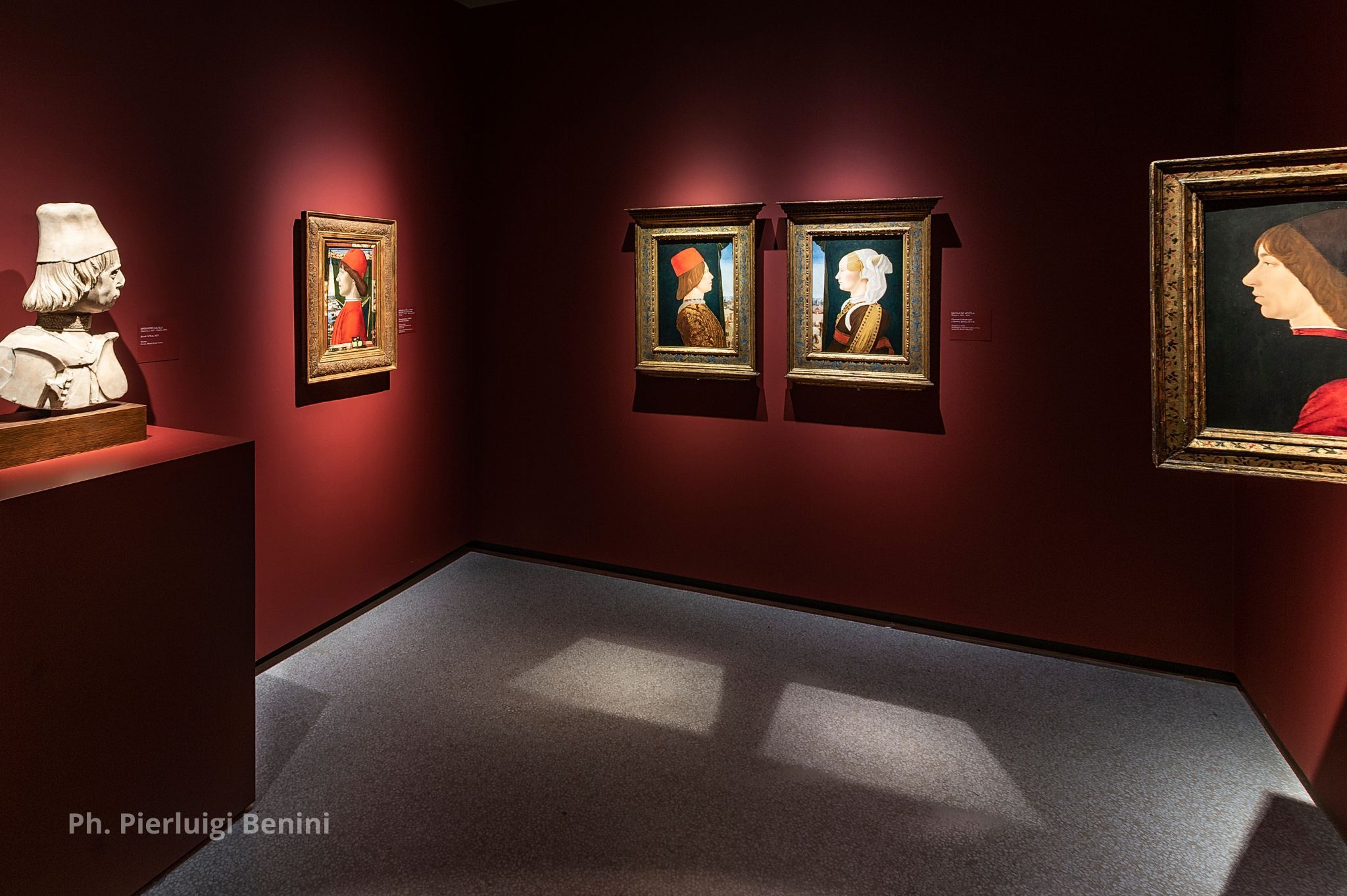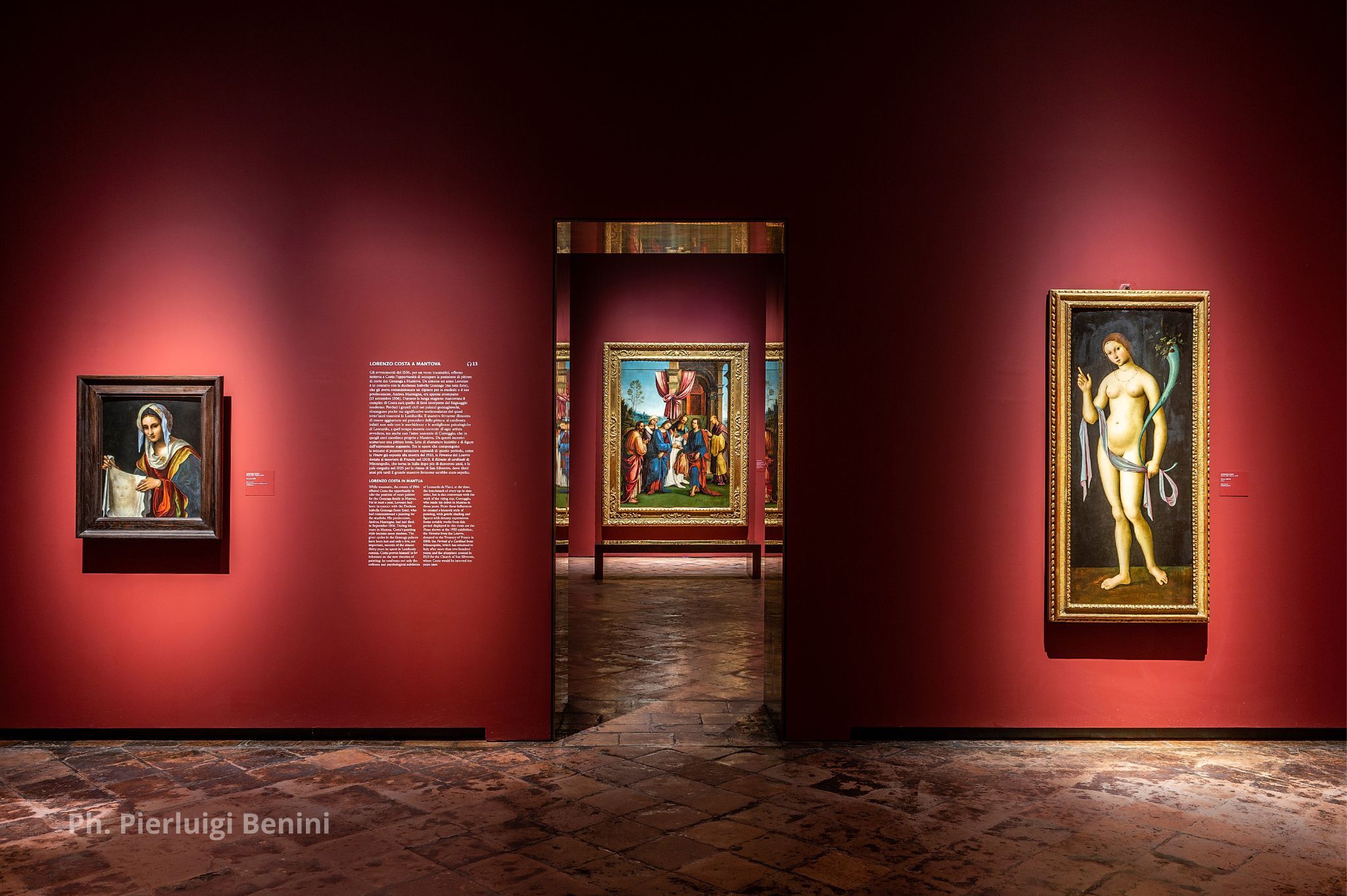Discover the Renaissance in Ferrara - The Officina Ferrarese
Ferrara boasts a great cultural flowering during the Renaissance in which great protagonists of the arts have left an indelible mark on the city. In fact, the Renaissance in Ferrara can be felt in every corner of the city: among the captivating views, magnificent palaces and graceful gardens.
A further opportunity to learn all there is to know about the Ferrara Renaissance is the exhibition ‘Rinascimento a Ferrara. Ercole de' Roberti e Lorenzo Costa' inaugurated on 18 February at Palazzo dei Diamanti. A finely arranged itinerary to explore the important role of the Officina Ferrarese within the national panorama.
USEFUL INFORMATION
Renaissance in Ferrara. Ercole de’ Roberti e Lorenzo Costa
Ferrara, Palazzo dei Diamanti
18 February 2022 - 19 June 2023
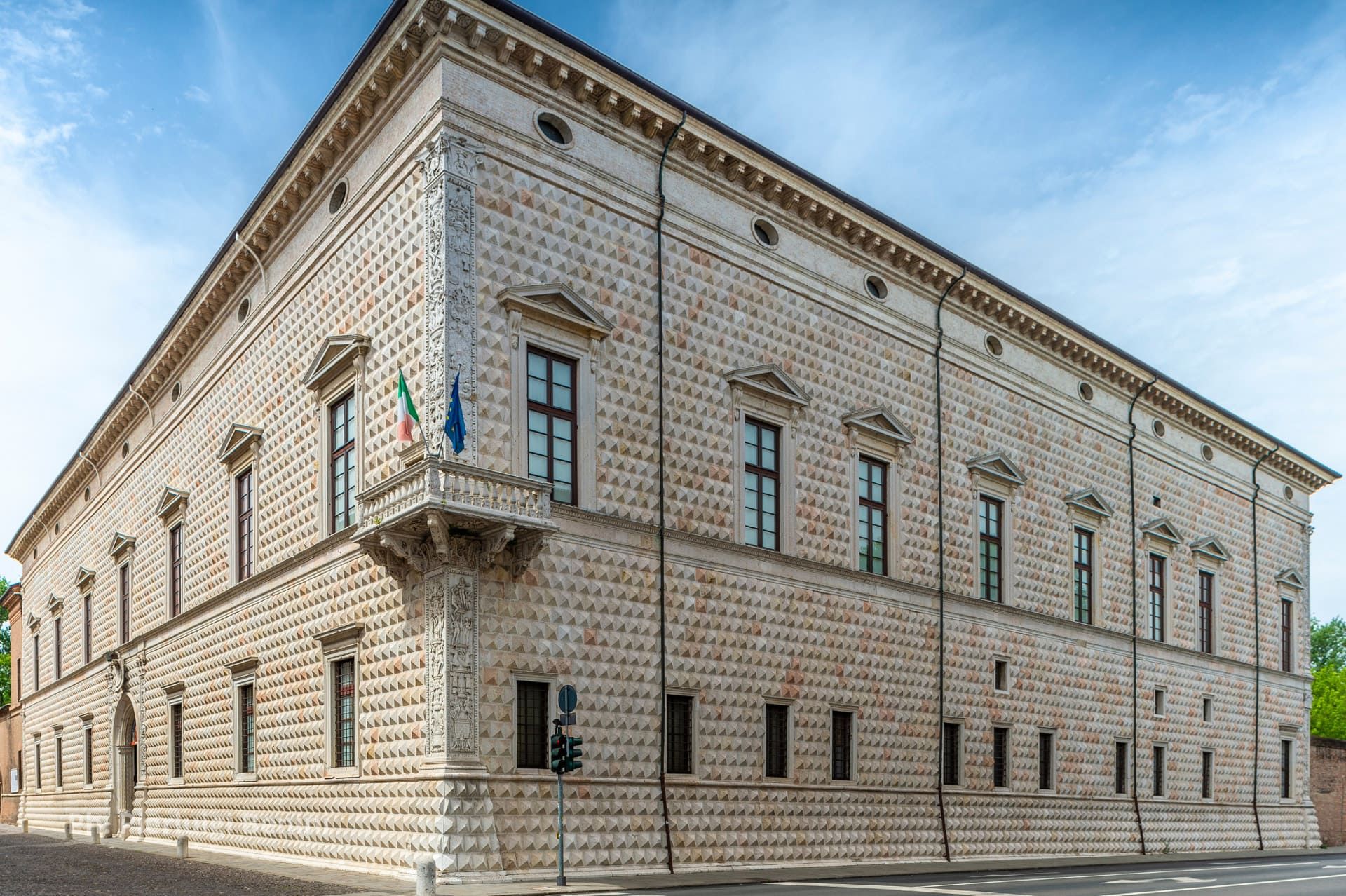
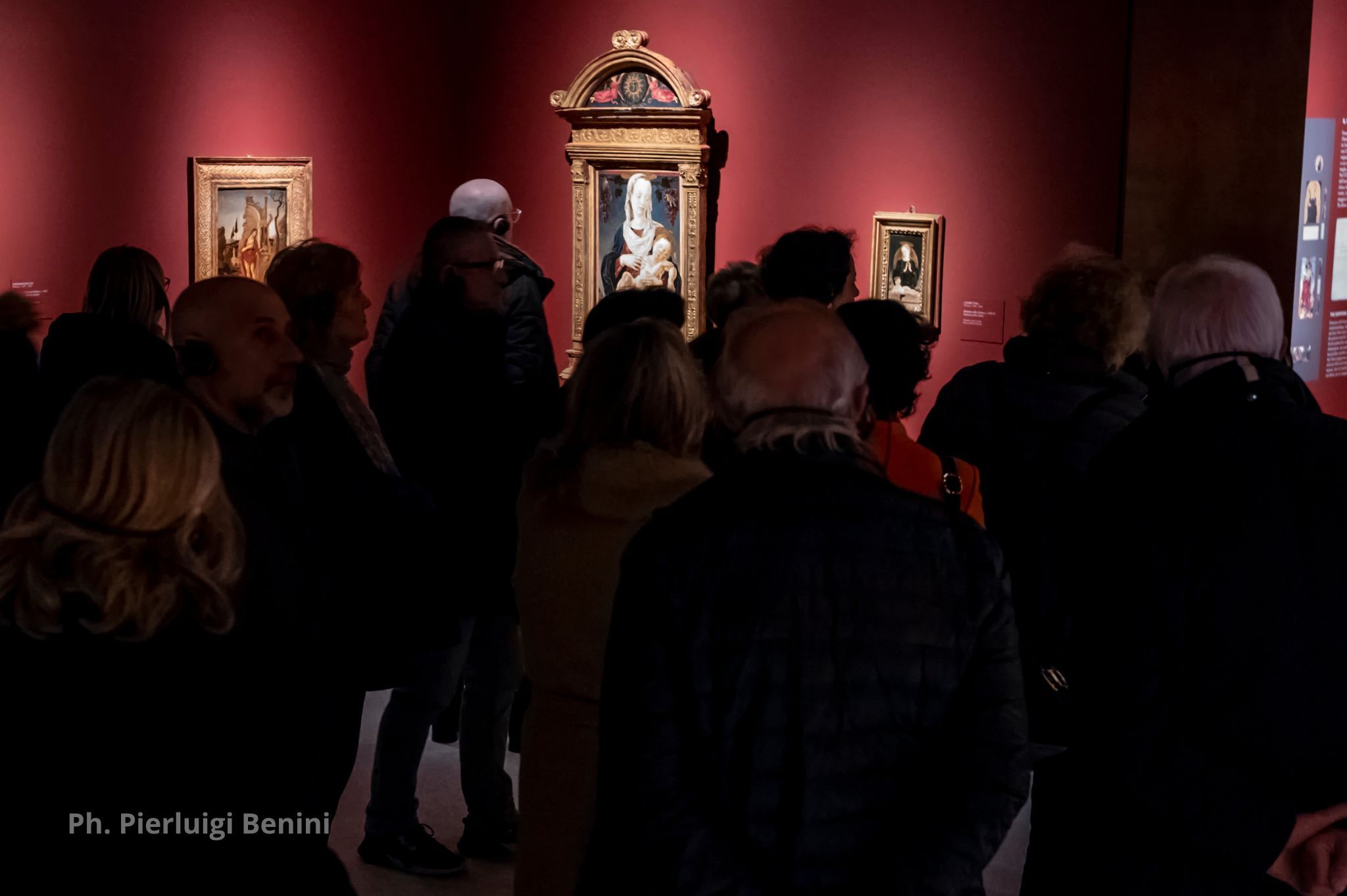
The Ferrara Renaissance
The seigniory of Borso d'Este began in 1450 and continued uninterruptedly until 1471.
Although Lionello, the previous duke, projected the image of the introverted intellectual, Borso cultivated the princely virtue of 'magnificence'.
Borso gave great impetus to figurative activities so that he could show himself in a flourishing cultural context. He thus determined the formation of a local 'school' of artists such as Cosmè Tura and Francesco del Cossa to legitimise the court's status. Among the most admirable fruits of this school are the Schifanoia frescoes, considered the greatest secular pictorial cycle of the Renaissance.
Shades of Renaissance
Early Renaissance painting in Ferrara is rich in openings to other territories and intellectual and artistic exchanges. The exhibition 'Renaissance in Ferrara. Ercole de' Roberti and Lorenzo Costa' focuses on these aspects and intends to consolidate the certainty that in the history of Italian art, the Officina Ferrarese remains one of the most singular cases of innovation and exceptional mastery.
